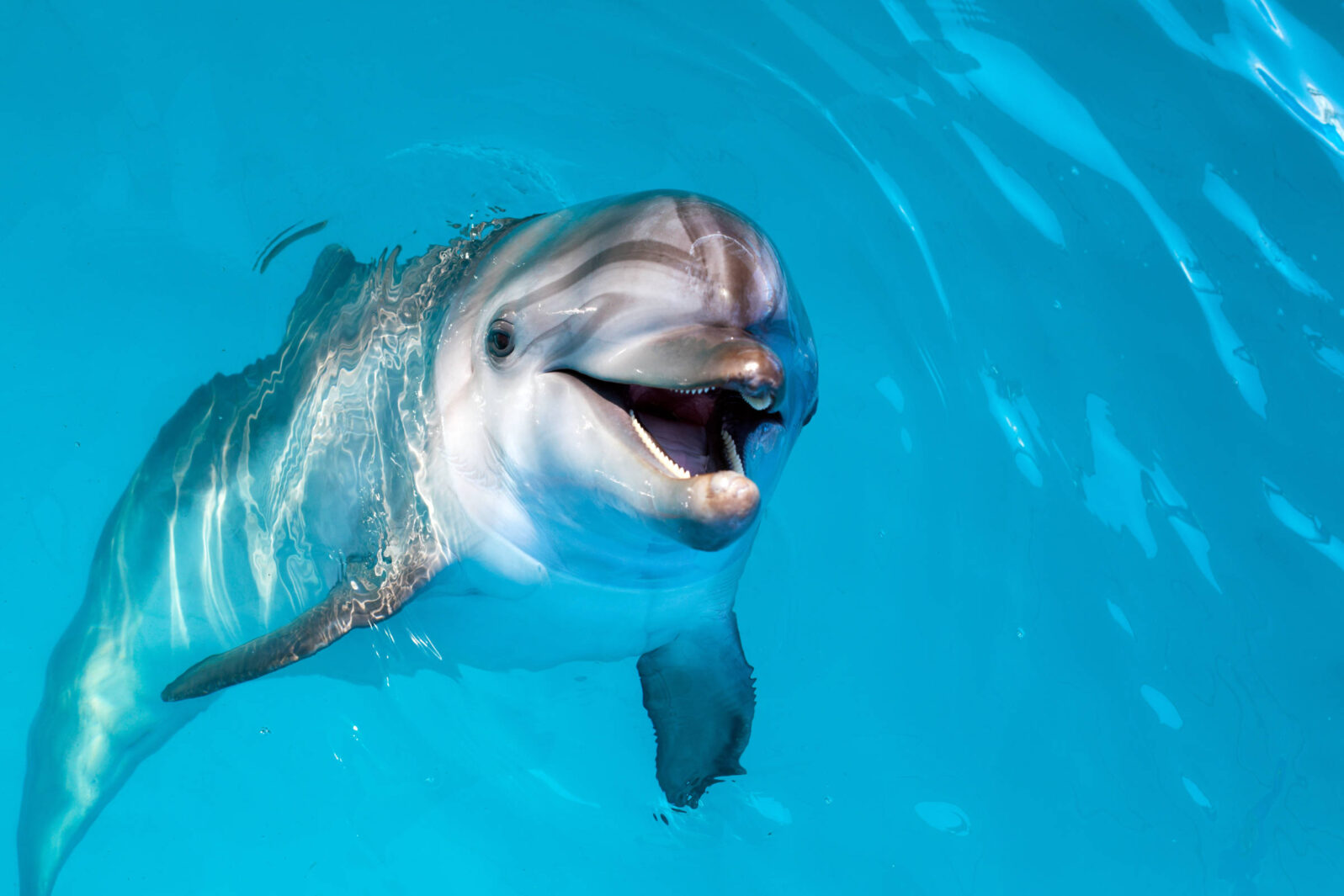What Do Animal Studies Tell Us About Human Minds?
They show that human experience is uniqueA recently announced contest pits two specific theories of consciousness—Global Workspace Theory (GWT) and Integrated Information Theory (IIT)—against each other. These theories were chosen because they were carefully formed and can be tested on a specific prediction. Many theories of consciousness are based rather on everyday reasoning or deeply held beliefs.
For example, many people assume that human consciousness arose accidentally many eons ago from animal consciousness and that therefore we can find glimmers of the same sort of consciousness in the minds of animals. But that approach isn’t producing the expected results.
A 2012 article in Scientific American Mind offered some insights into self-awareness, a feature of consciousness, in relation to the structural differences between human and animal brains:
Some psychologists speculate that self-awareness may arise in animals with greater overall cognitive ability, larger brain size or a higher degree of connectivity among brain areas. Identifying the precise structural differences that make some creatures self-aware self-aware and others not is quite challenging. Most important, it is difficult to pinpoint and compare subtle structural differences across species in the face of more dramatic differences in brain morphology. For example, dolphins and chimpanzees both demonstrate metacognition, but their brains look completely different. Additionally, simply identifying which species exhibit self-aware behavior has proved tricky because no reliable behavioral tests for the trait exist.
Robert O. Duncan, “What Are the Structural Differences in the Brain between Animals That Are Self-Aware and Other Vertebrates?” at Scientific American
Now, dolphins and chimpanzees (as well as dogs and cats) do demonstrate self-awareness, in the sense that they seem to experience events as “selves.” A dog, left alone, feels lonely. But that does not mean he experiences anything like human consciousness about his plight. To do that, he would need to use reason and abstractions. Misunderstandings about that basic distinction have doomed famous experiments to teach dolphins and great apes to speak human-like languages.
There is also the conundrum of smart invertebrates like the octopus (considered by some a “second genesis of intelligence”). Is the brainy seafood self-aware? Absent any evidence, should we distinguish between self-awareness and problem-solving ability?
For nearly five decades, the mirror test, applied to chimpanzees, was thought to show that they were self-aware:
In 1970 Gordon G. Gallup, Jr., of the University at Albany, S.U.N.Y., developed the “mirror test” to assess metacognition in chimpanzees. A chimp passes the test if it uses the mirror to inspect a mark that has been painted on its face. Although the majority of chimps pass, some do fail, causing certain scientists to consider the test unreliable.
Robert O. Duncan, “What Are the Structural Differences in the Brain between Animals That Are Self-Aware and Other Vertebrates?” at Scientific American
But then in 2019, a fish, the cleaner wrasse, passed the mirror test:
When chimpanzees, dolphins, elephants, and magpies passed the test, researchers theorized that these animals, recognized as intelligent, were demonstrating a concept of “self.” Now they are not so sure. Is the cleaner wrasse, which grooms other fish for parasites, really self-aware? Are fish much smarter than we think?
Denyse O’Leary, “Did a fish just show self-awareness?” at Mind Matters News
Researchers have begun to question whether the mirror test truly identifies self-awareness. Intelligence of some type can exist without apparent evidence of self-awareness. An amoeba is smarter than your computer for some purposes, as is a fruit fly but few think it likely that these life forms are self-aware as individuals.
In any event, even basic facts about the human brain are much contested, including whether or not big brains matter much to human intelligence.
In the end, animal brains provide many useful similarities and analogies to human ones but thinking of the human mind as simply a souped-up version of animal minds has not yielded insights into human consciousness. Neurosurgeon Michael Egnor offers an insight into why it hasn’t:
It isn’t brain circuitry that renders humans capable of language and animals incapable. As Aristotle pointed out two millennia ago, abstract thought is inherently an immaterial power—it is the immaterial aspect of the human soul. Animals have material souls, without an immaterial aspect. It is the nature of, and the differences between, animal and human souls that provide animals with symbolic communication and grace man with language.
Michael Egnor, “The real reason why only human beings speak” at Mind Matters News
To the extent that consciousness as such is an immaterial quality, the contest between the two theories is likely to yield only some insights, not big definitive answers. But at least the researchers are looking in the right place, the specifically human brain.
See also: Quest for consciousness: A historic contest is announced. The two theories to be tested pit “information processing” against “causal power” as a model of consciousness. One side must admit it is wrong.
